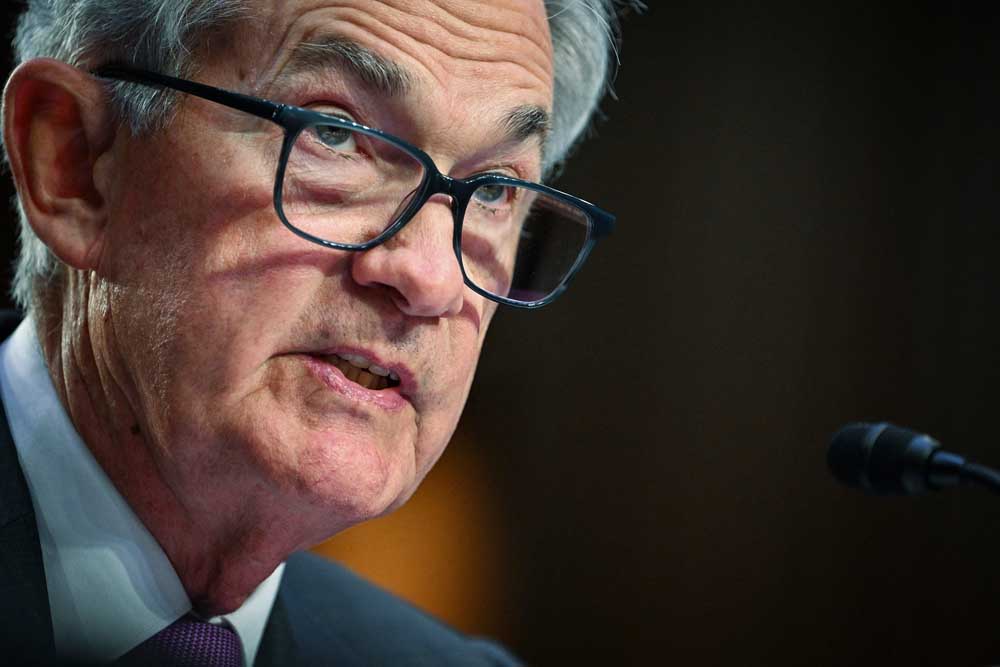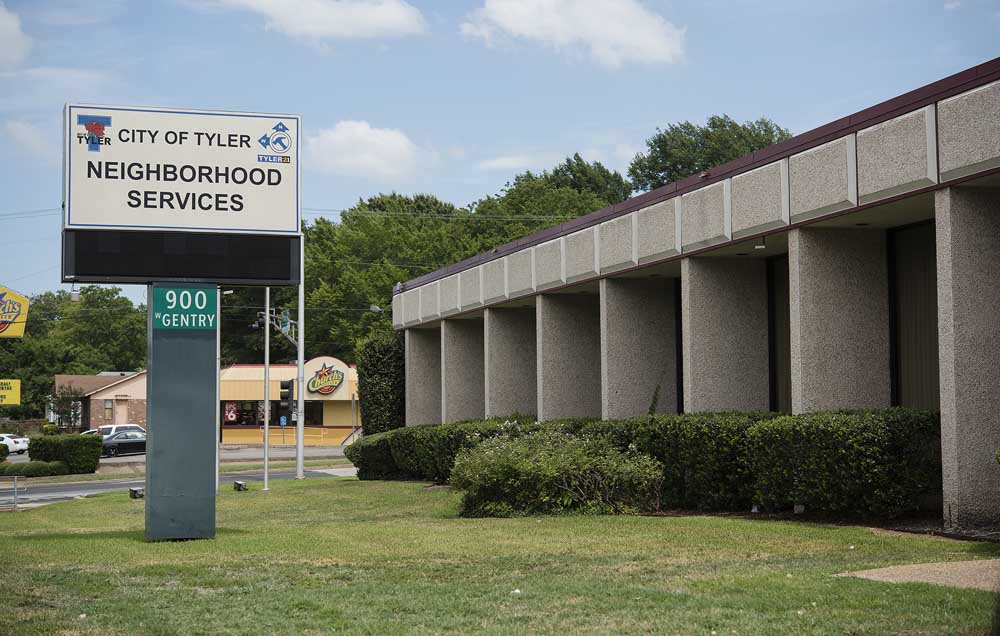Editorial: As a slow-motion banking crisis unfolds, consumers should beware
Published 7:45 am Monday, August 28, 2023

- Federal Reserve Board Chair Jerome Powell is seen in August 2023. (Tribune News Service File Photo)
Chicago Tribune
Back when banking was heavily regulated, the “three-six-three” rule prevailed. Bankers would pay 3% interest on depositors’ accounts, charge a 6% loan rate when lending out the depositors’ money and, with a profit practically assured, tee off on the golf course at 3 p.m. “Bankers’ hours” were a real thing at the time.
Starting in the 1980s, deregulation ushered in more intense competition. But even so, banks should be feasting these days. With the economy chugging along nicely, banks with household names are still paying peanuts to many depositors, and charging much more in interest on loans: Mortgage rates recently topped 7%. That should be money in the bank.
The trouble with the banking sector isn’t the current conditions so much as those of the past. America’s banks are struggling to adapt as interest rates continue to soar. While rising rates provide more opportunities to make money on the spread between deposits and loans, they also put pressure on existing loans and investments made before the big run-up in rates. Low-interest loans and bonds lose value when higher-interest versions become available.
Making matters worse is the disaster unfolding in the market for office properties. Many banks made five-year loans at rock-bottom rates when commercial real estate was surging just before the pandemic. In the aftermath, with the rise of remote work, that same real estate has lost value and stopped generating cash flow. That makes it nearly impossible to refinance at today’s higher rates, which have swiftly turned good loans into bad loans.
The financial system survived the shock of three quick failures this past spring when Silicon Valley Bank, Signature Bank and First Republic Bank went under. Americans may look back on August as the month when the broader peril to the financial system became obvious.
Earlier this month, Moody’s cut the credit ratings of 10 small- and mid-size banks, announced that it may downgrade several bigger lenders as well and cut its outlook for the industry to negative. The rating agency warned that second-quarter financial results showed weak profit trends and raised the specter of unrealized losses lurking on balance sheets. At the same time, big banks such as JPMorgan Chase and Capital One announced billions of dollars in charge-offs from loans gone sour and, on Monday, S&P Global Ratings followed up with downgrades of five regional banks.
The U.S. financial system remains solvent overall, and no one needs to panic. But the Federal Reserve is in a tussle with bank executives about what to do next.
The Fed may need to continue increasing interest rates to battle persistent inflation, and it’s nowhere near dropping them, so pressure from that part of the equation is likely to continue. On top of that, the Fed in July laid out a sweeping plan to increase capital requirements, forcing banks to hold onto more money to protect against disruptions. The Fed noted that the bank failures earlier this year show that even mid-size institutions can create systemic risks by eroding confidence. A run on even a relatively small bank will do that.
Bank executives, on the other hand, hate the idea of holding idle money on their balance sheets, and the industry immediately pushed back against the Fed plan. The head of the American Bankers Association trade group pointed out that higher capital requirements slow the economy and urged the Fed to use other tools to manage banking risks.
While the bank lobby didn’t say it, higher capital requirements also tend to make big banks bigger, putting pressure on small banks to merge or close. Sure enough, the three banks that failed this spring had rivals take over most of their assets, with the Fed’s enthusiastic backing. As the market power of big banks increases, they can jack up loan rates and continue paying below-market interest on deposits. That’s not what the Fed wants, but it may be inevitable.
Whatever else happens, the Fed needs to avoid a meltdown like the 2008-09 crisis, when the federal government threw hundreds of billions into righting the financial sector and bailing out giant banks. If higher capital requirements are the price of sidestepping a repeat, the negative effects would be well worth it.
For more about what comes next, stay tuned to the Kansas City Fed’s annual symposium later this week in Jackson Hole, Wyoming. Fed Chair Jerome Powell is expected to speak Friday morning about the outlook for inflation and risks to the banking sector.
Meantime, retail bank customers need to watch their hard-earned money. The federal government insures only the first $250,000 in deposits. After that, there’s no guarantee, even though the Fed extended that protection during the spring bank failures.
A consumer who is smart and affluent should be agile enough to keep deposits under the limit, and bank with institutions that maintain strong credit ratings and pay competitive rates on deposits.
And, as ever, stick with banks whose executives aren’t making a priority out of midafternoon tee times.






